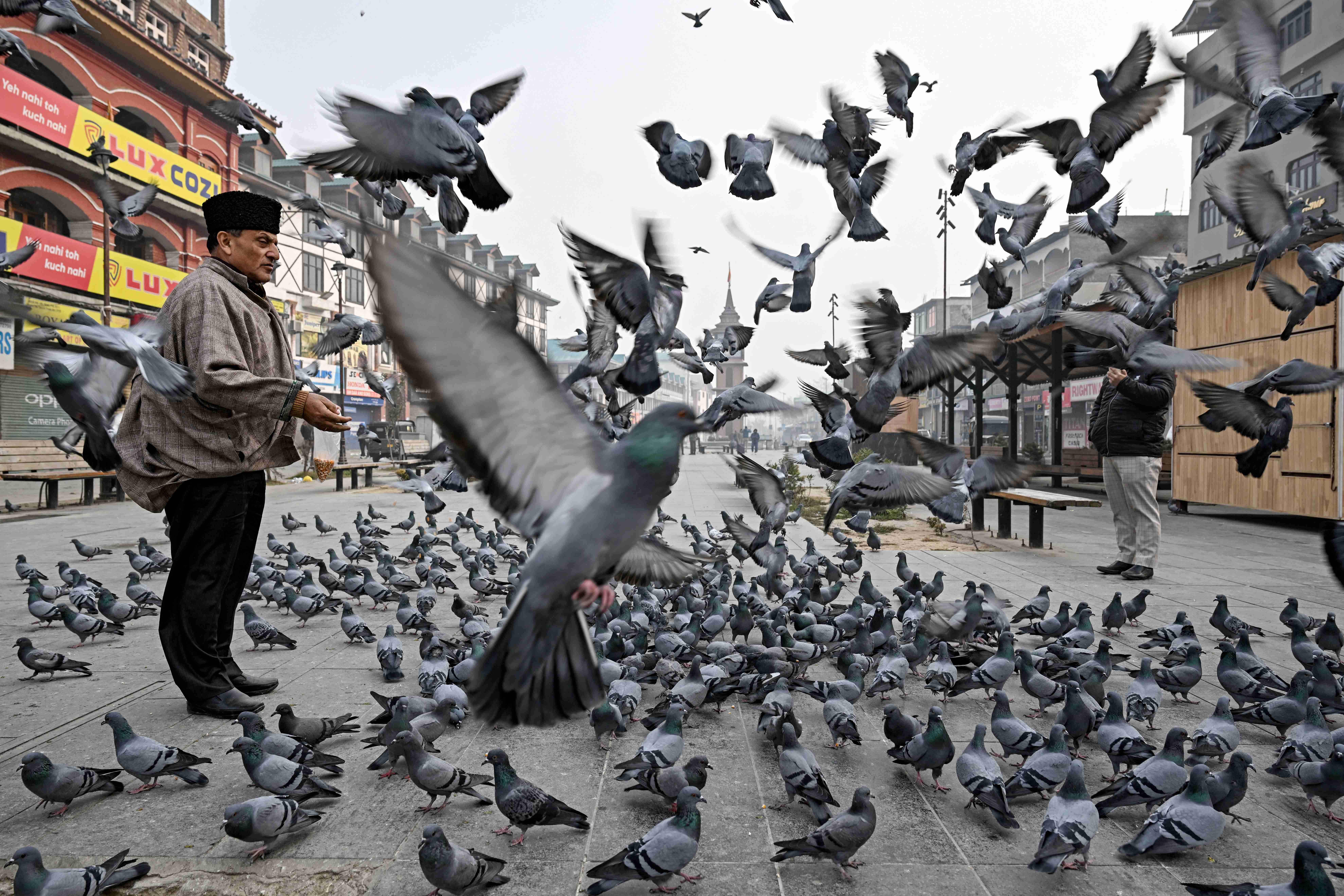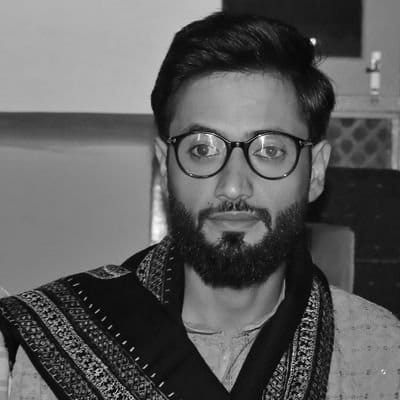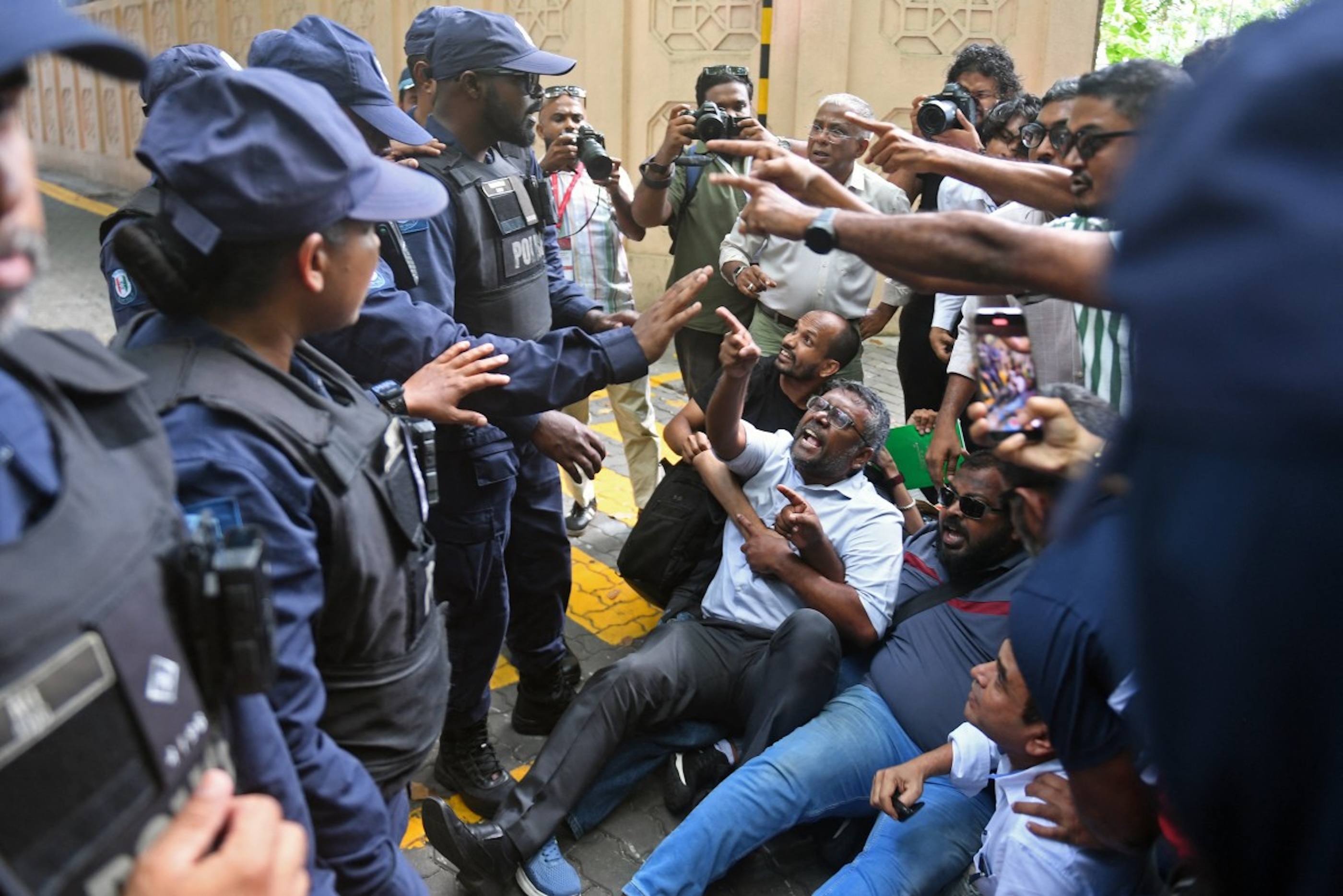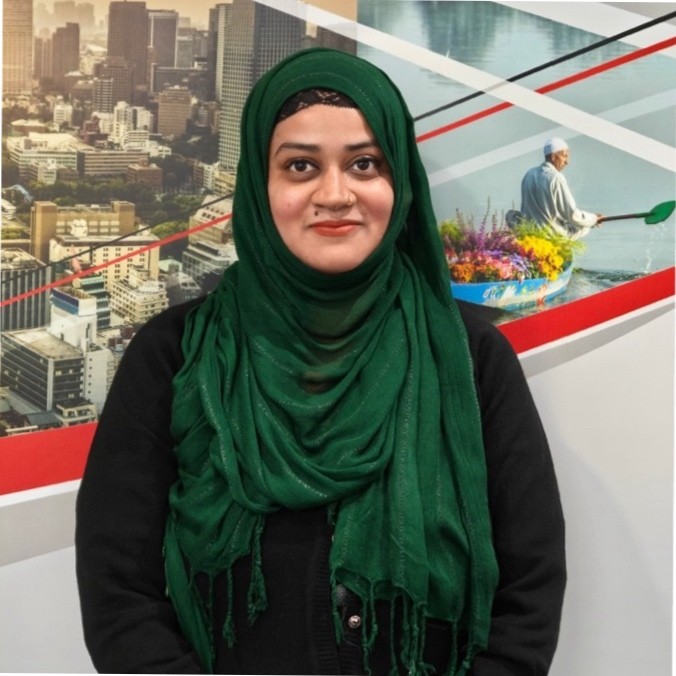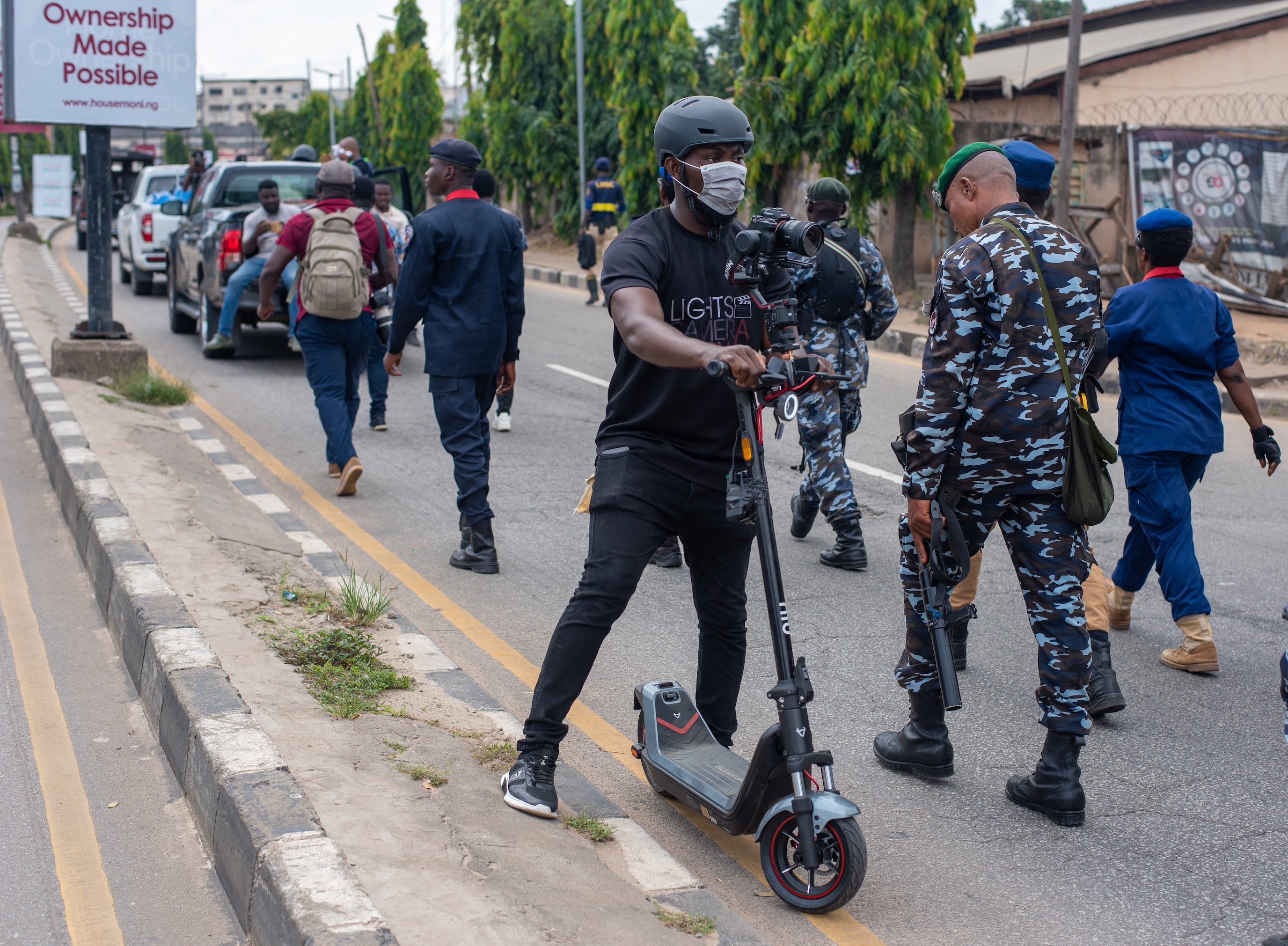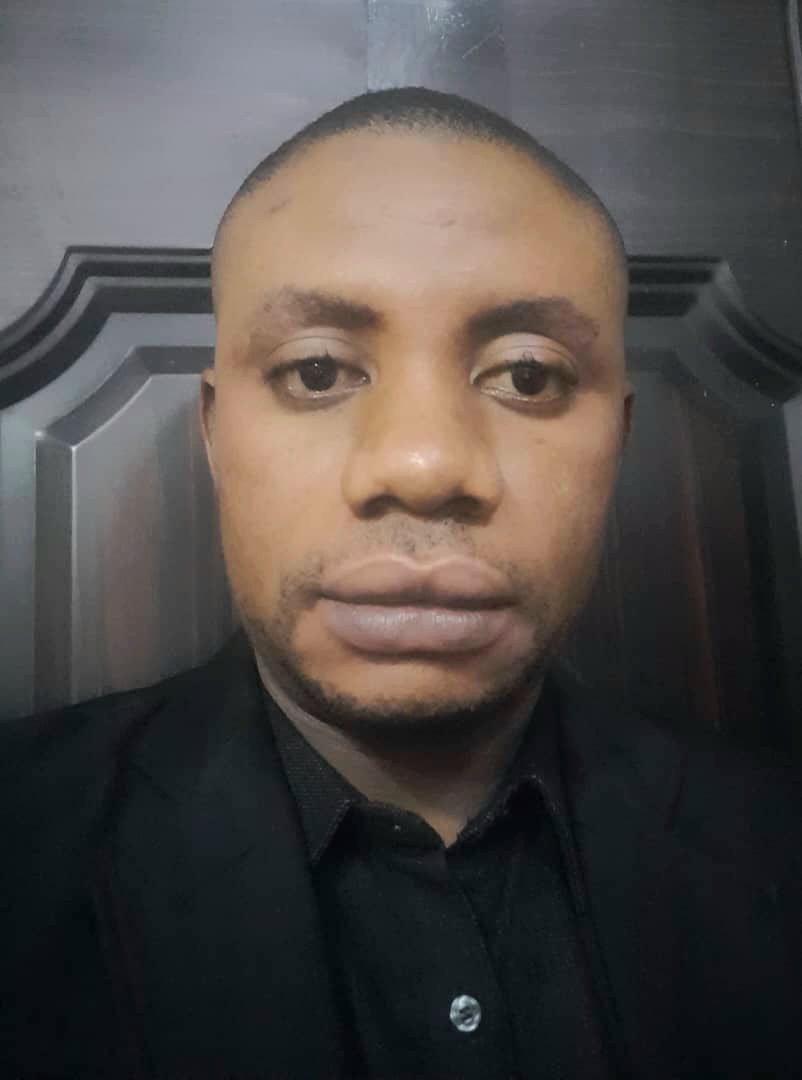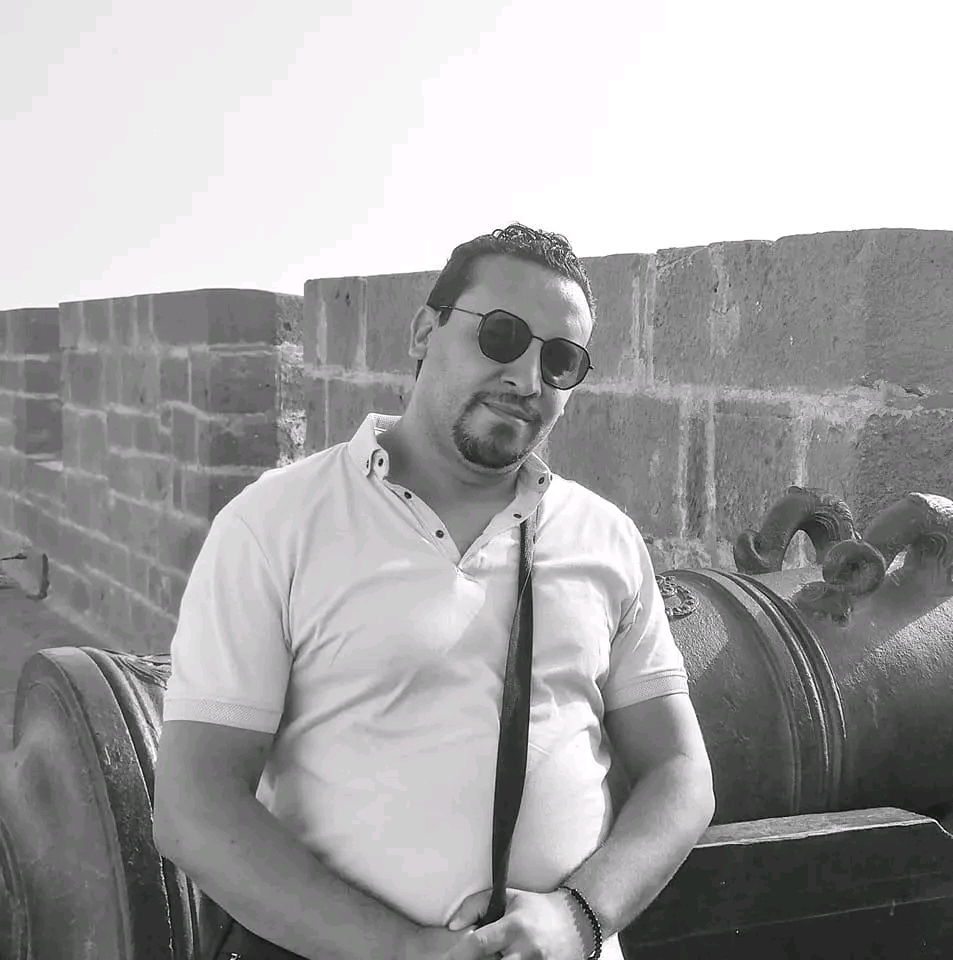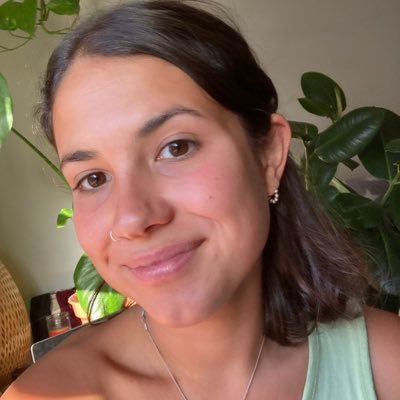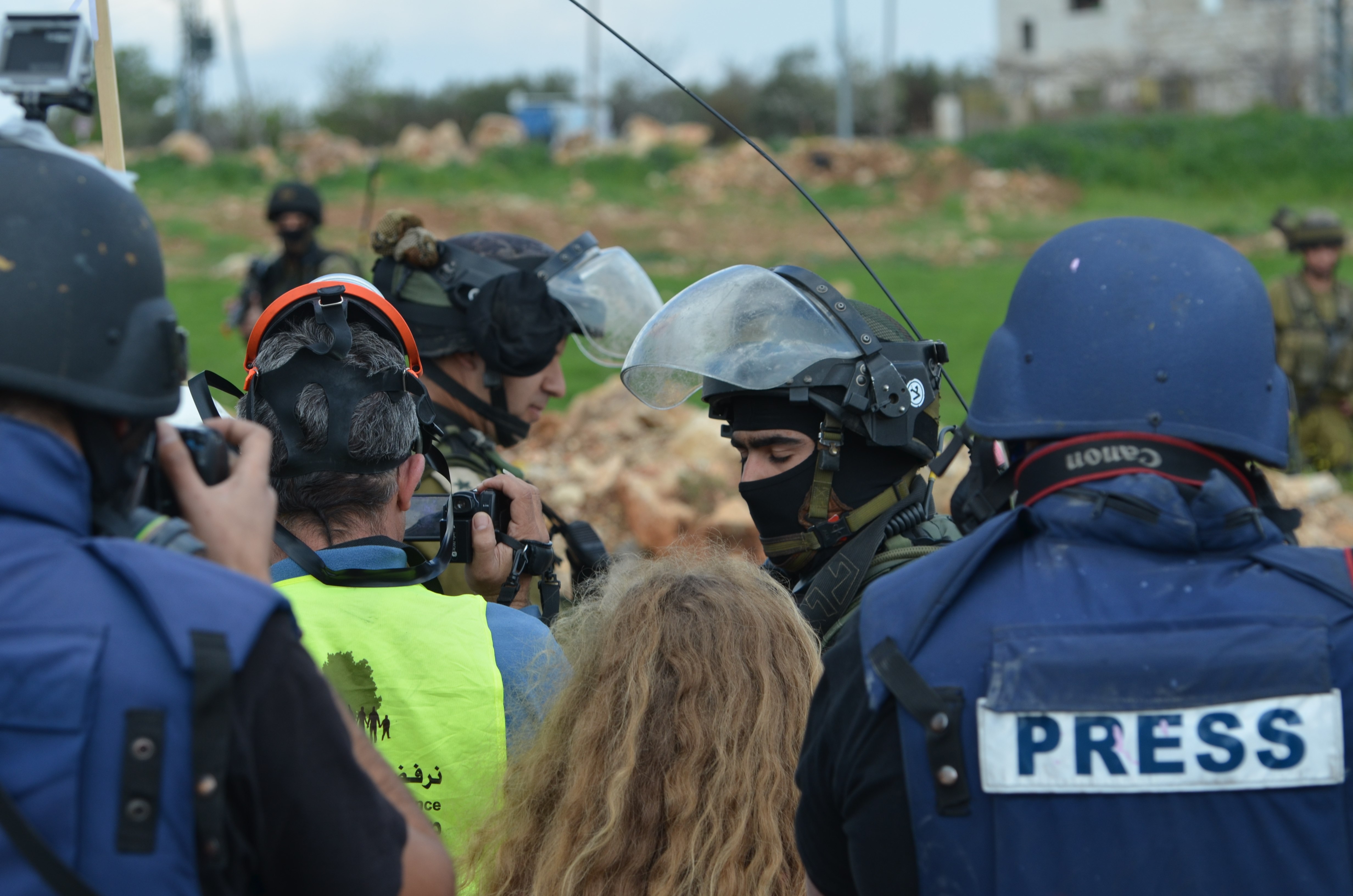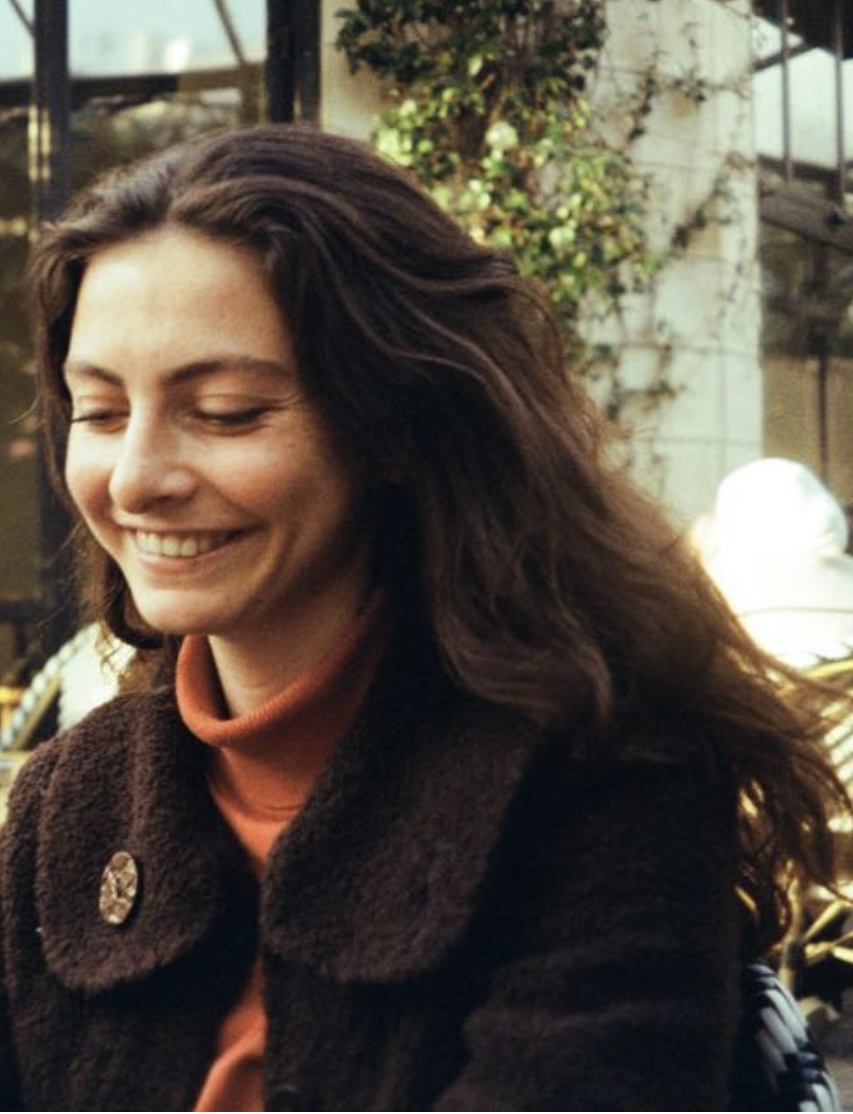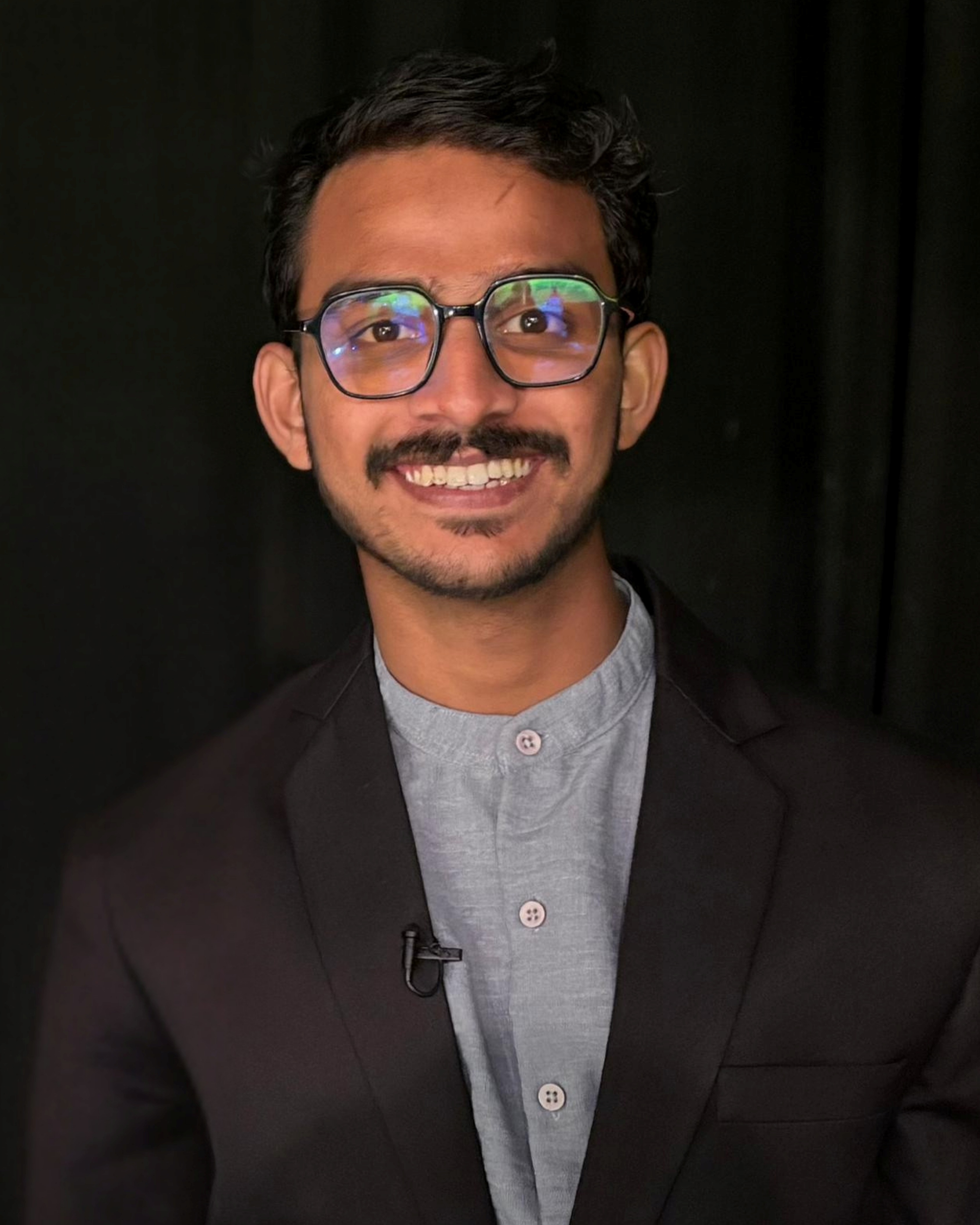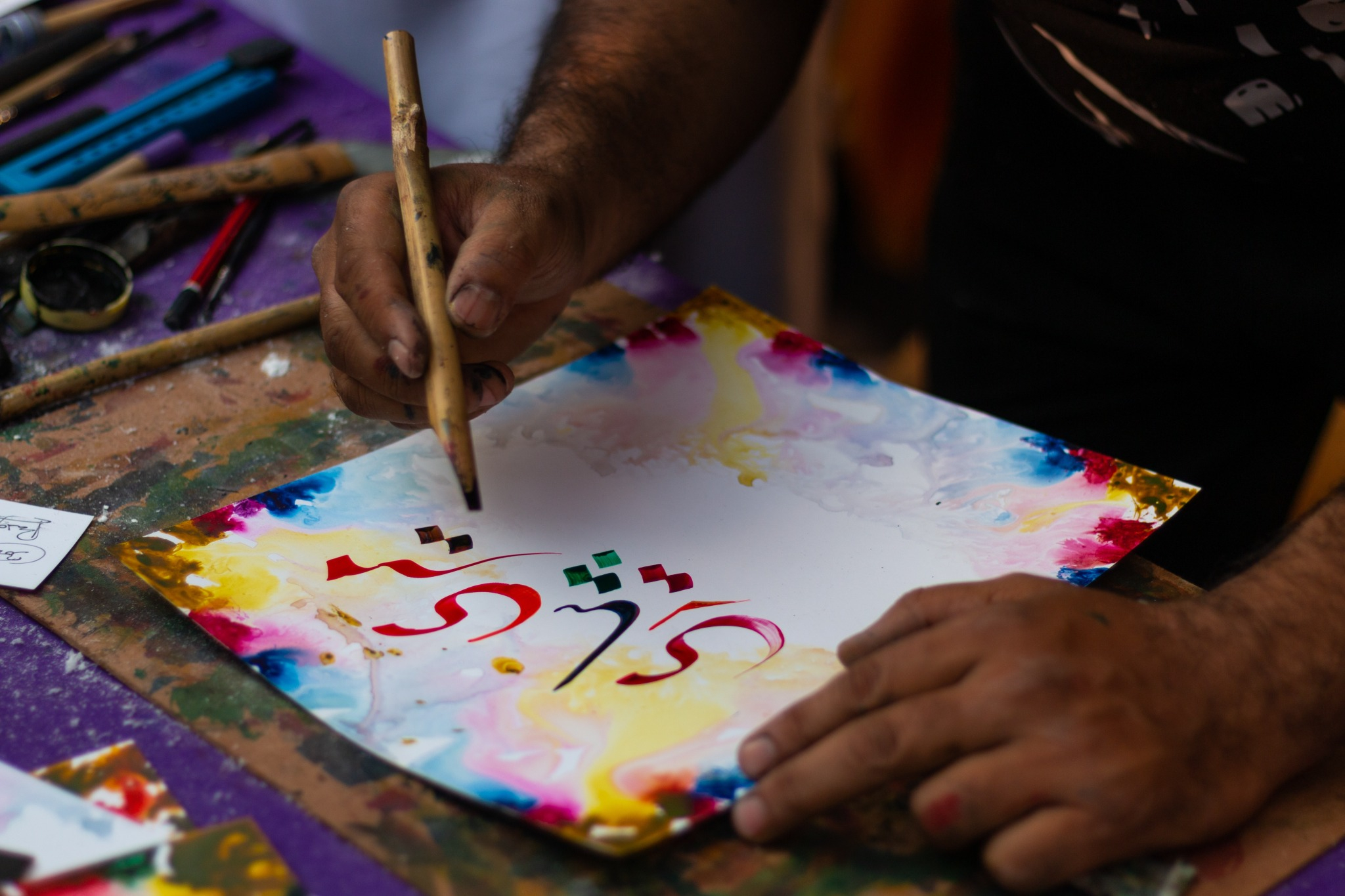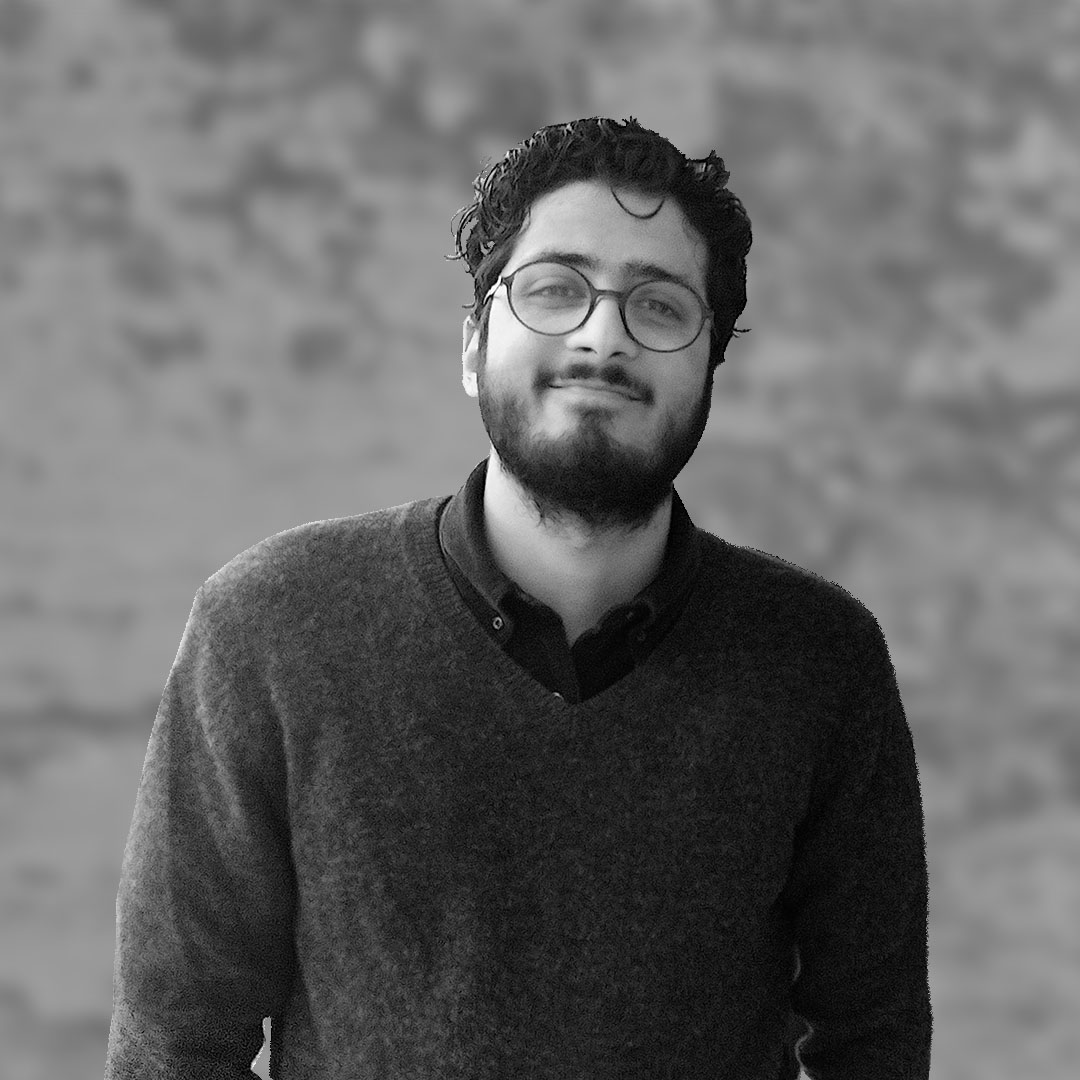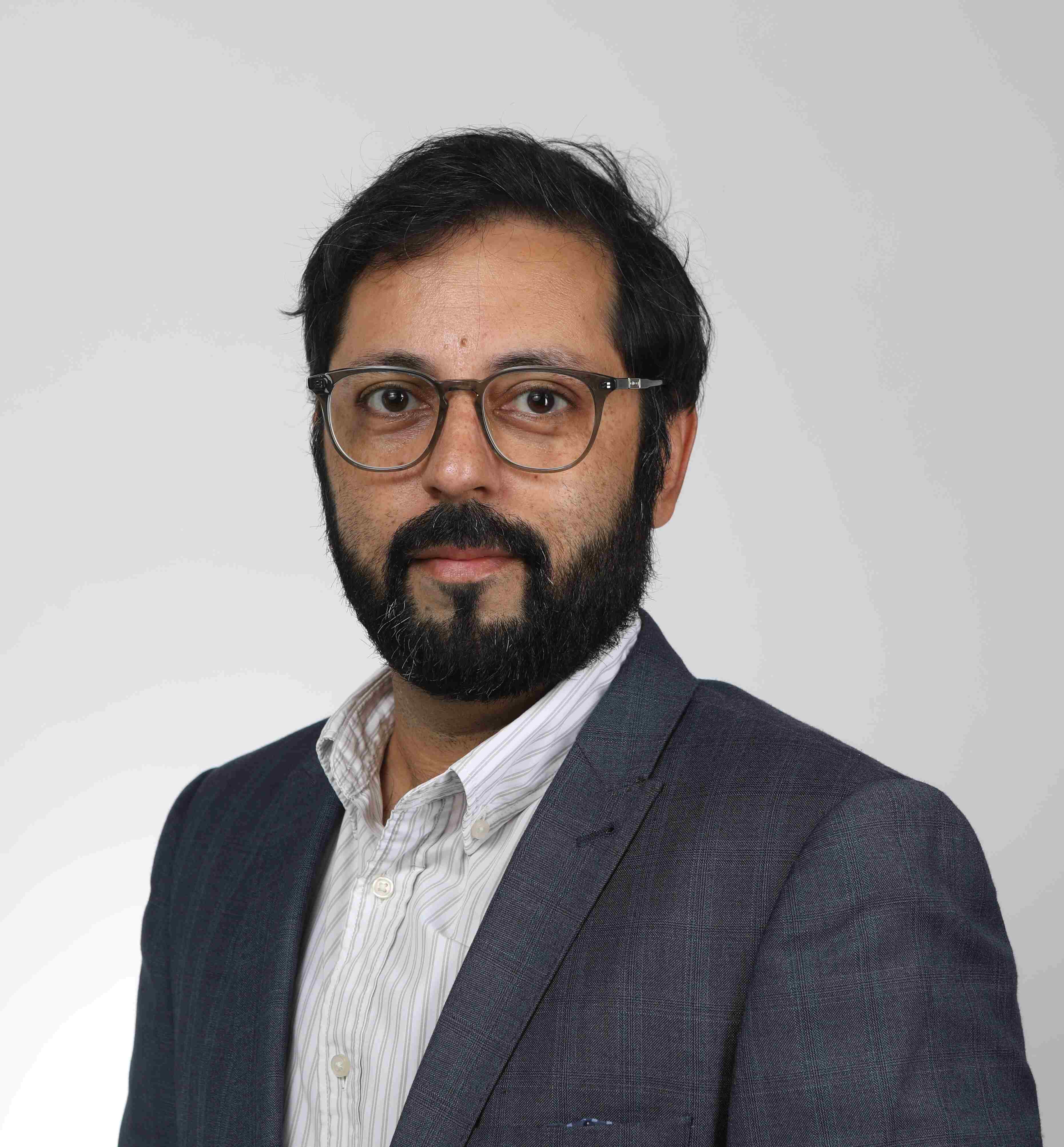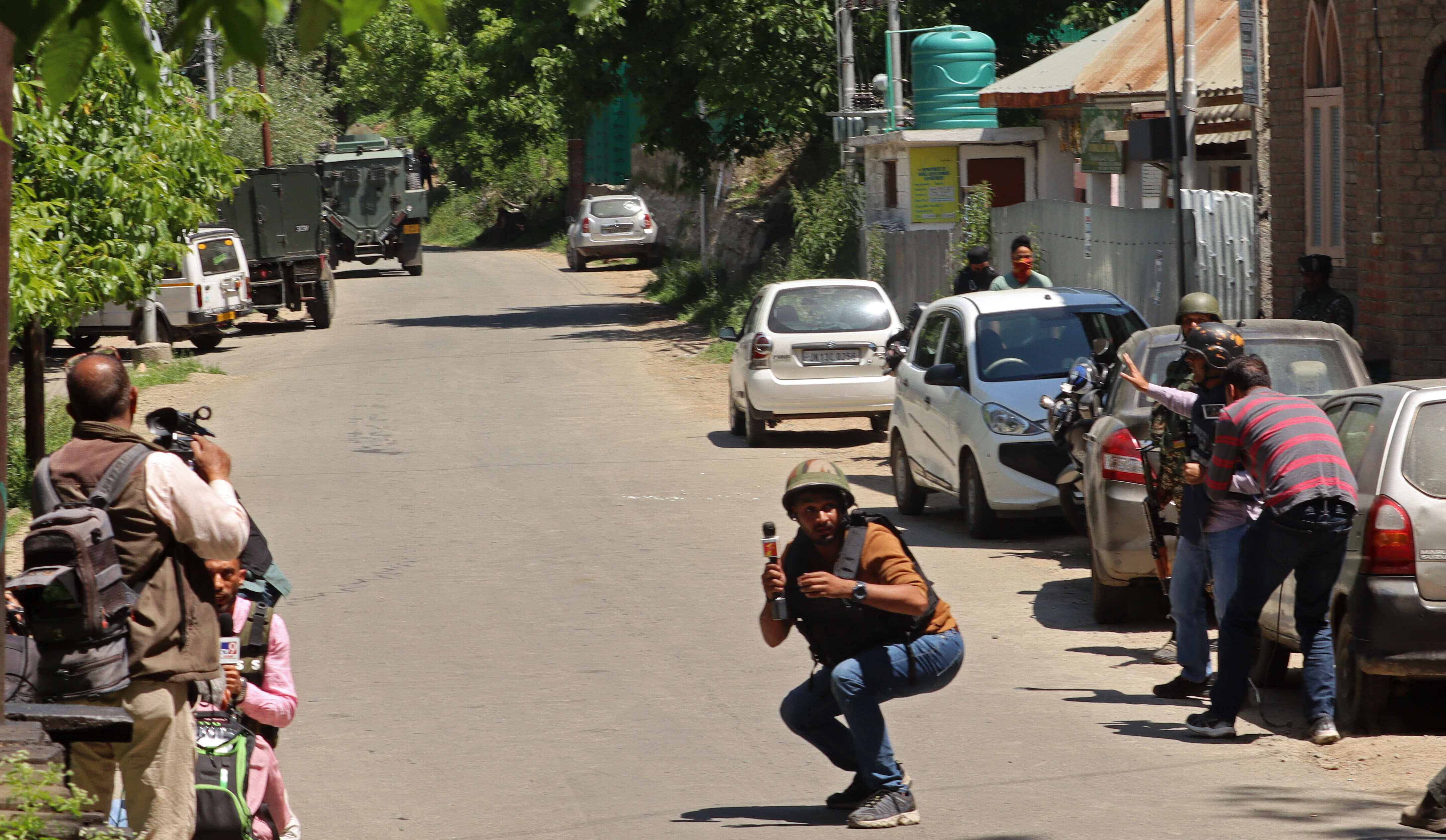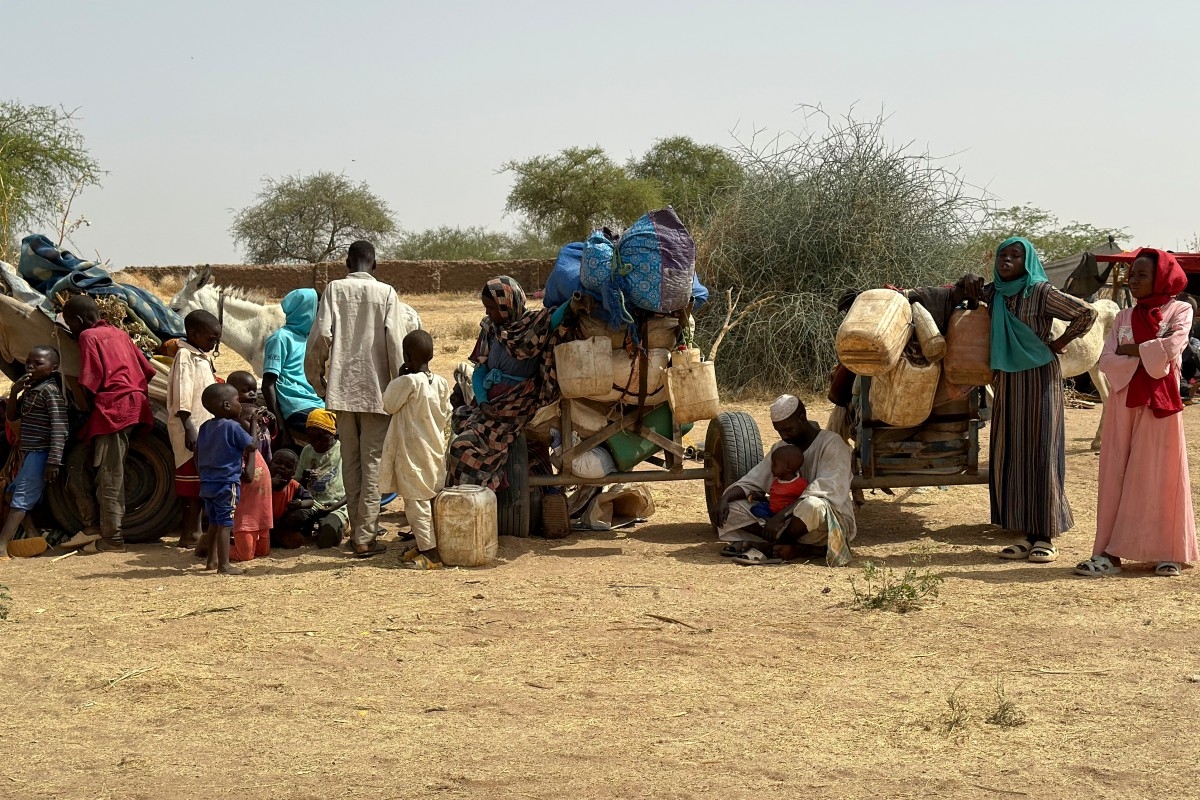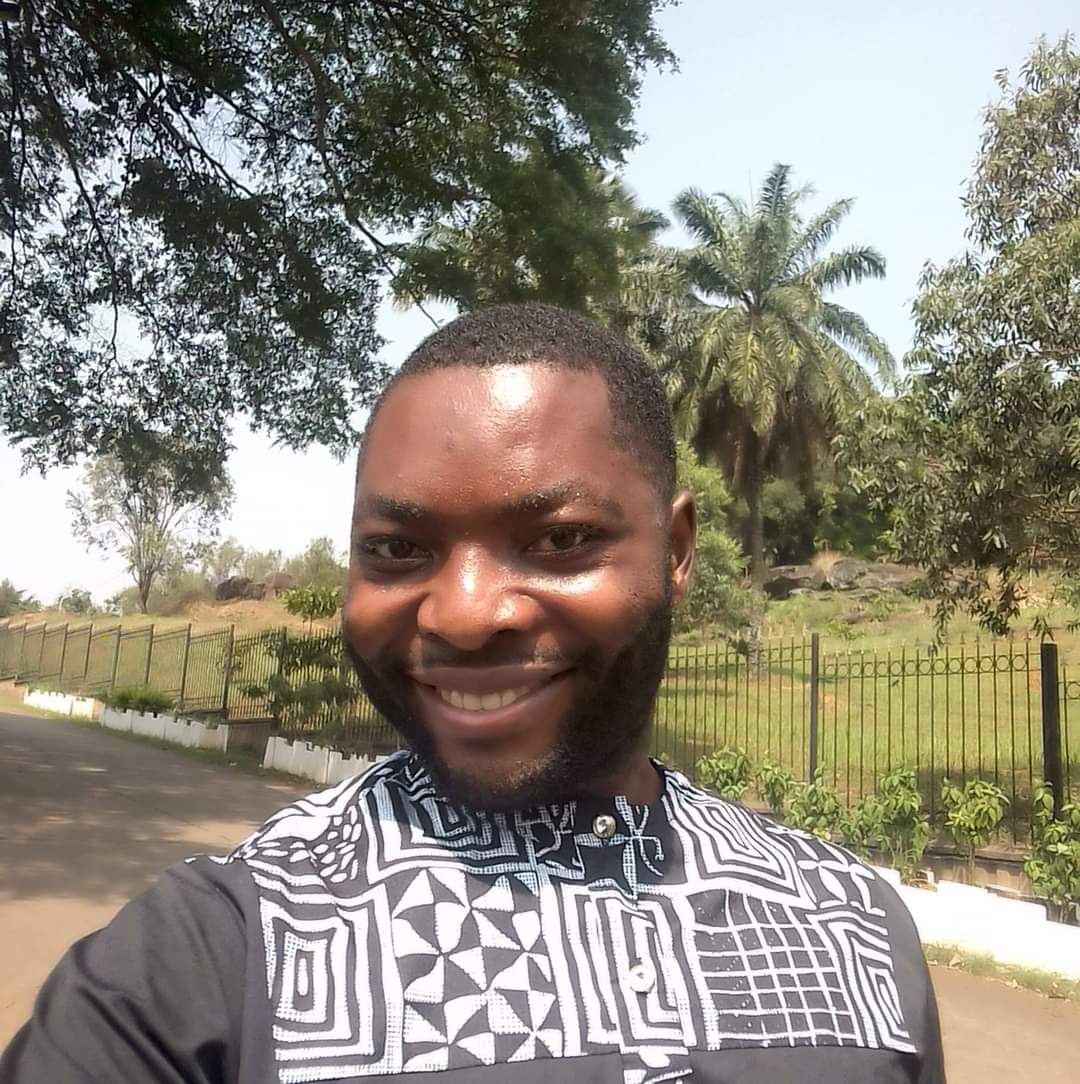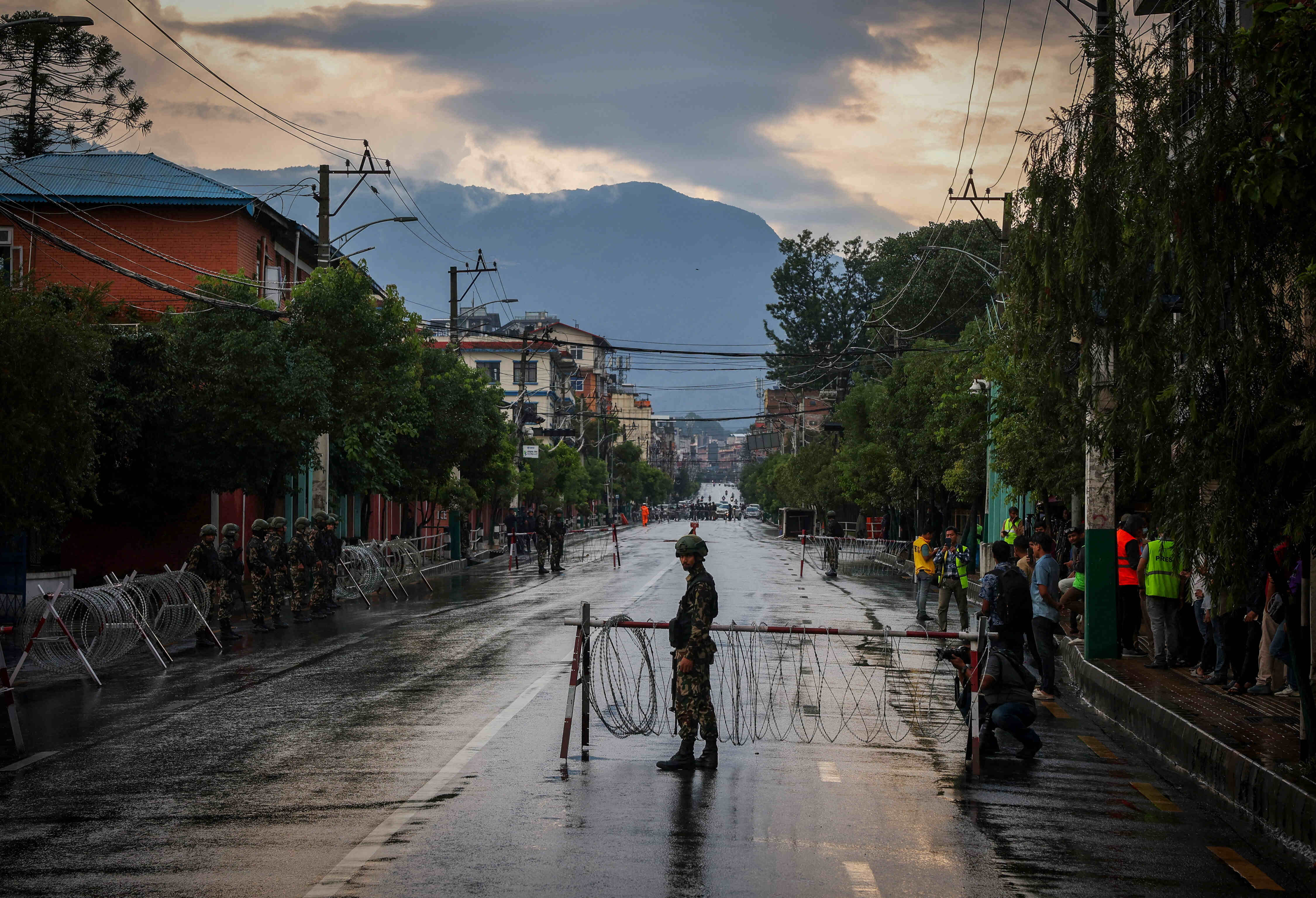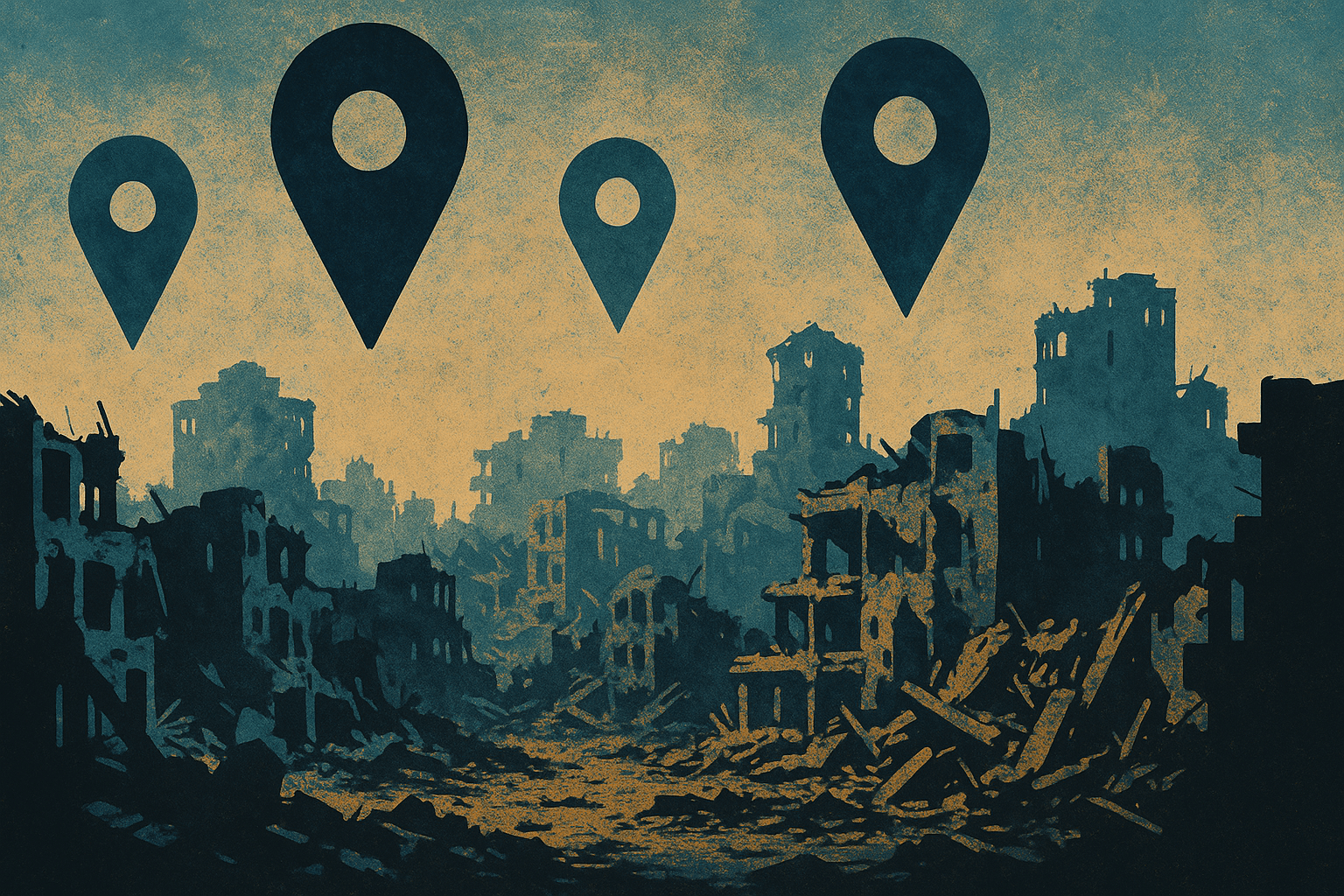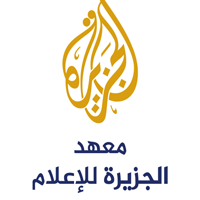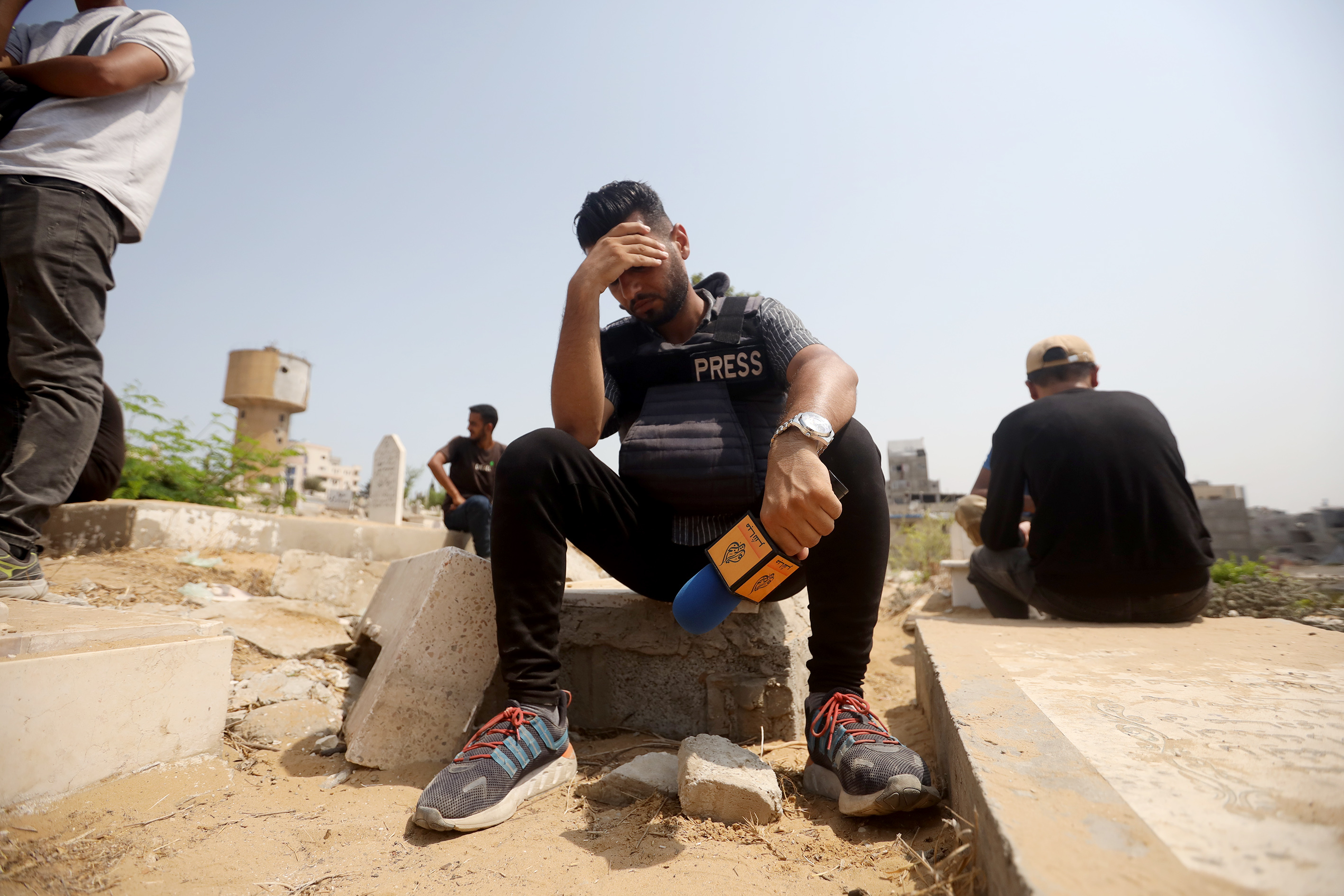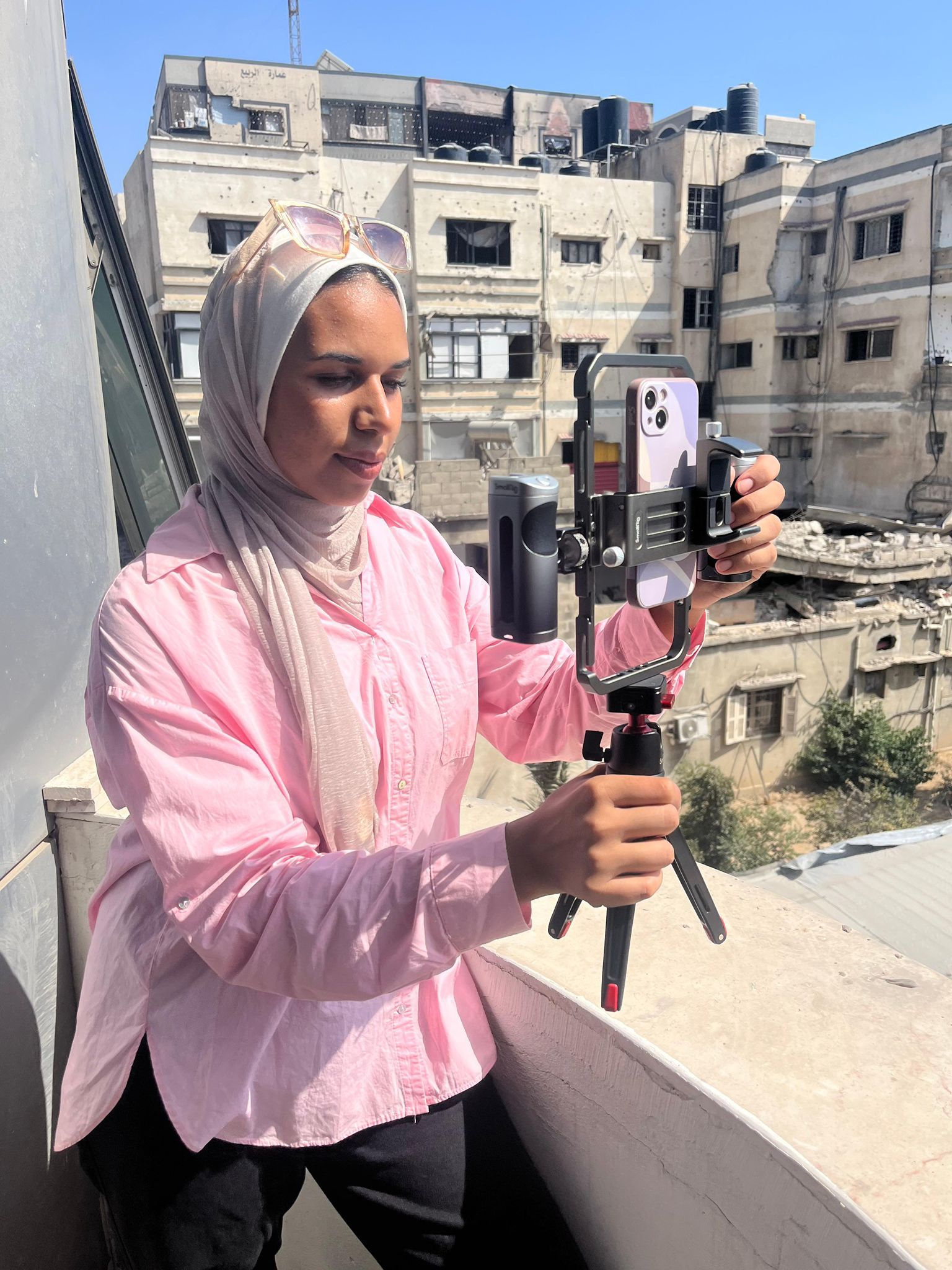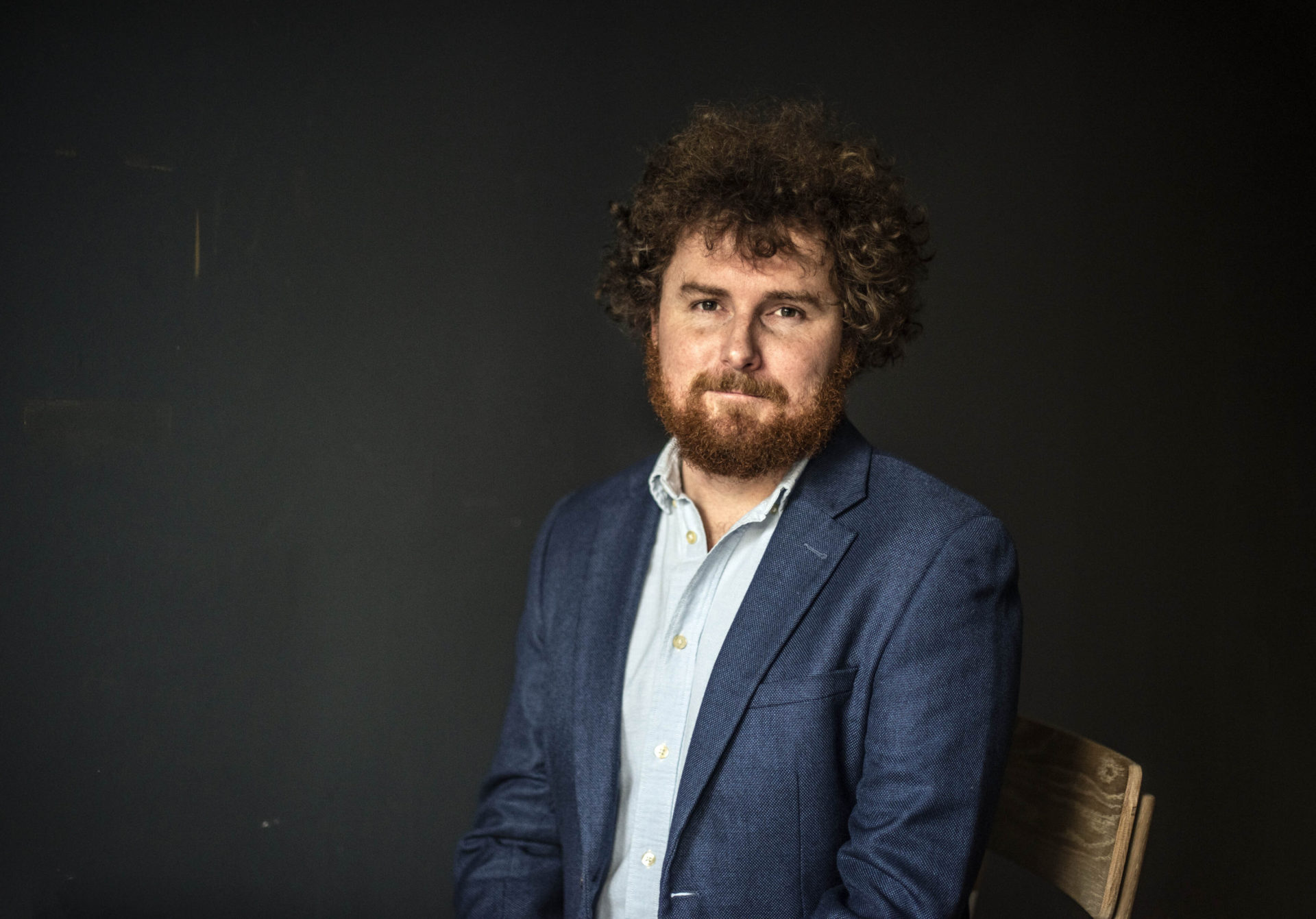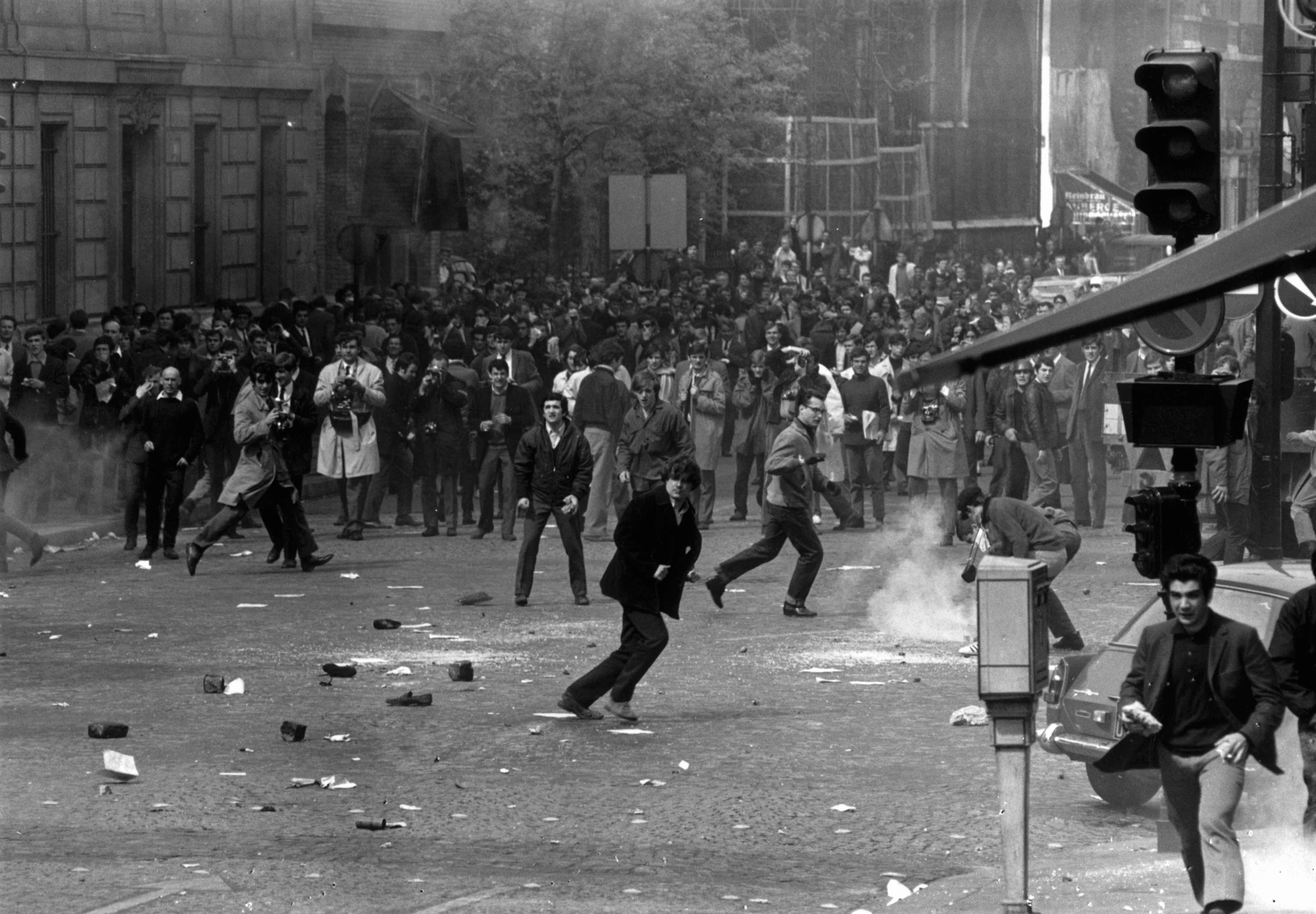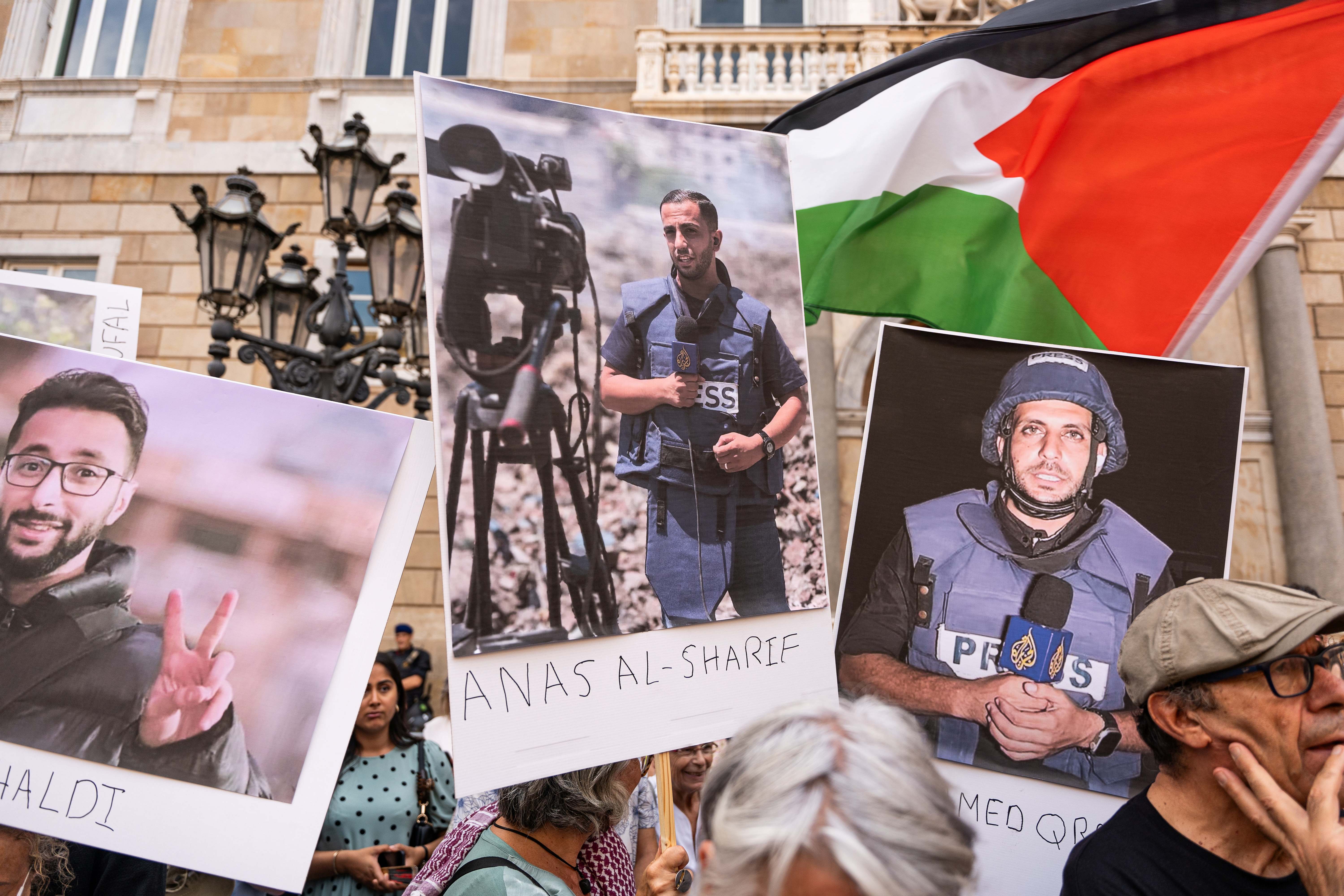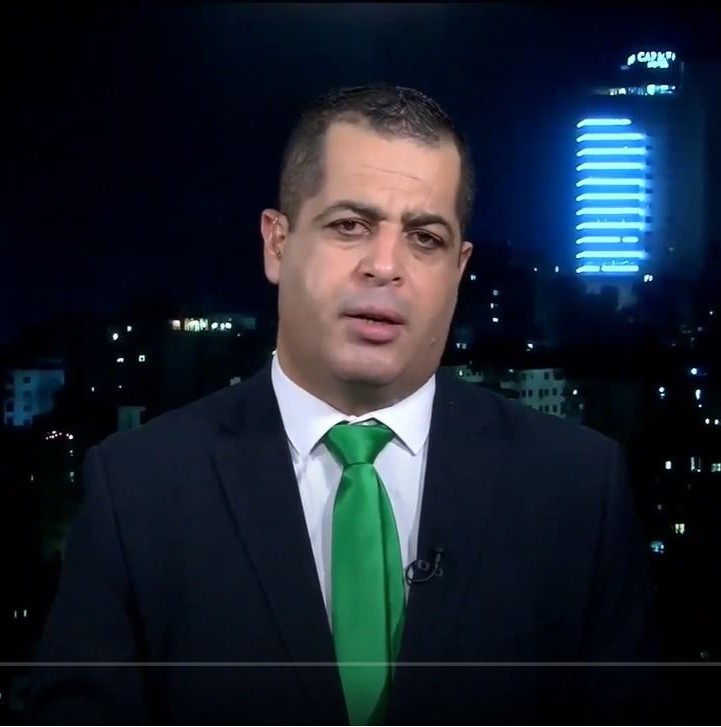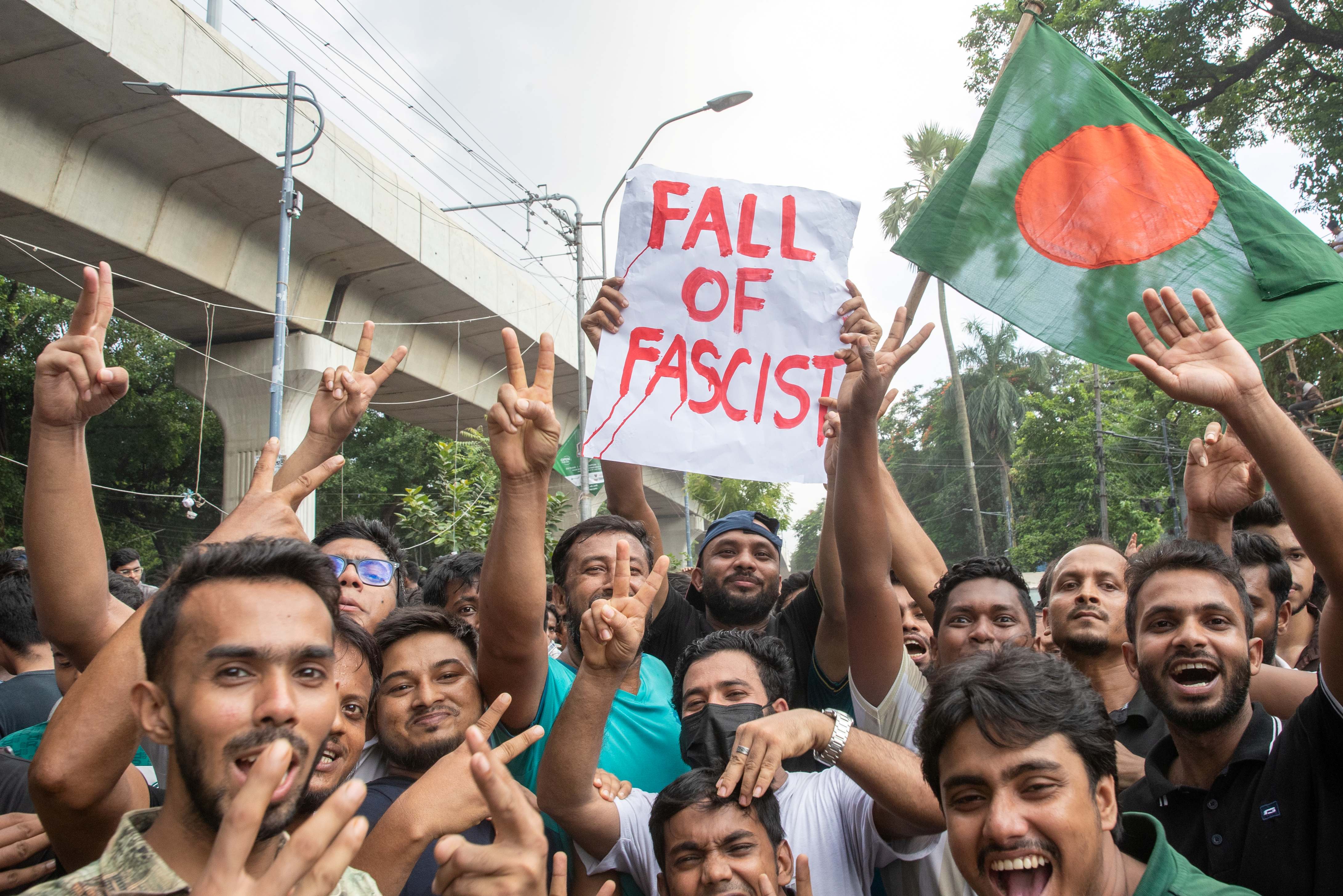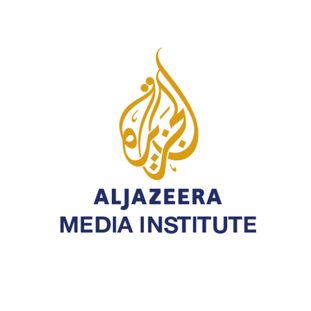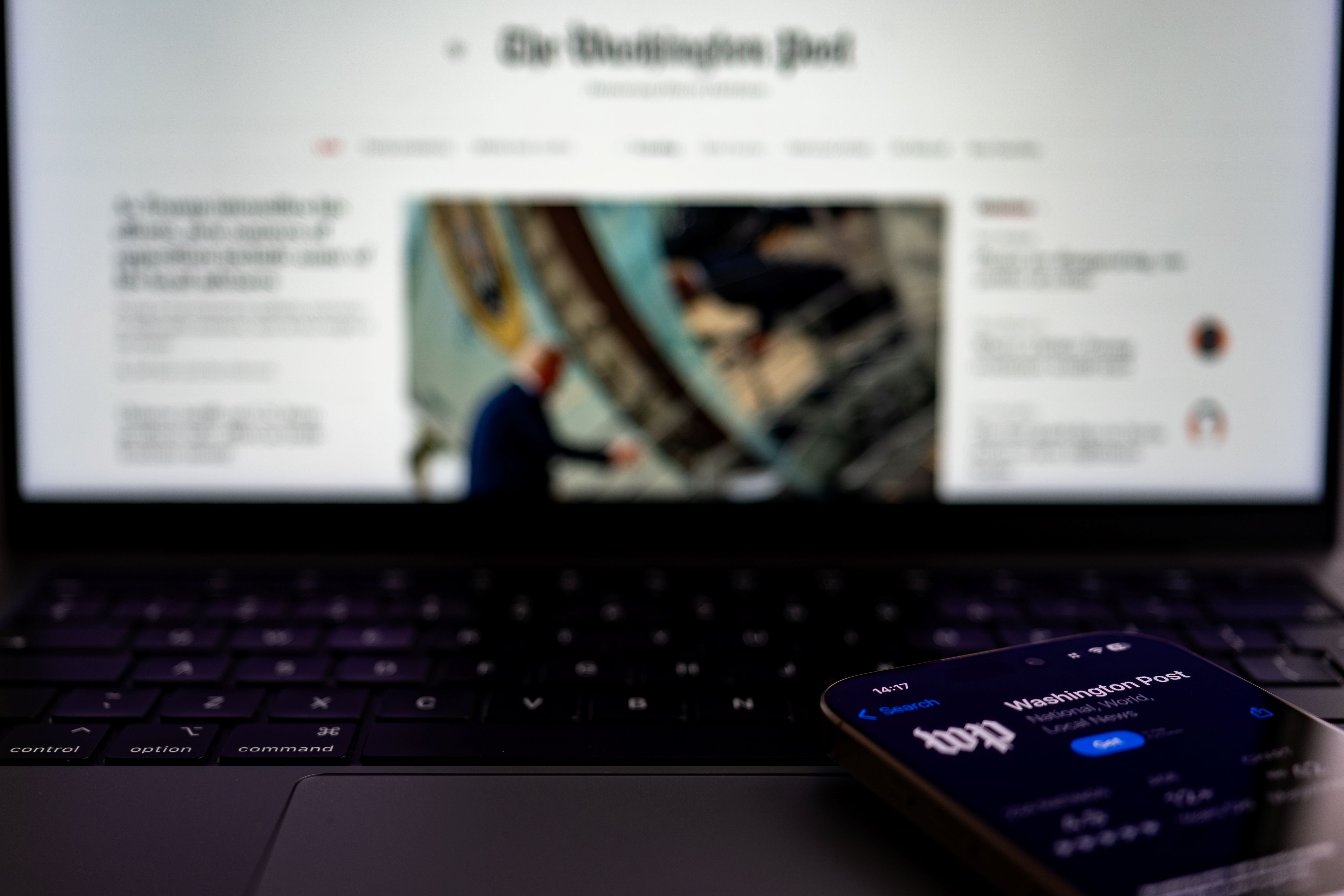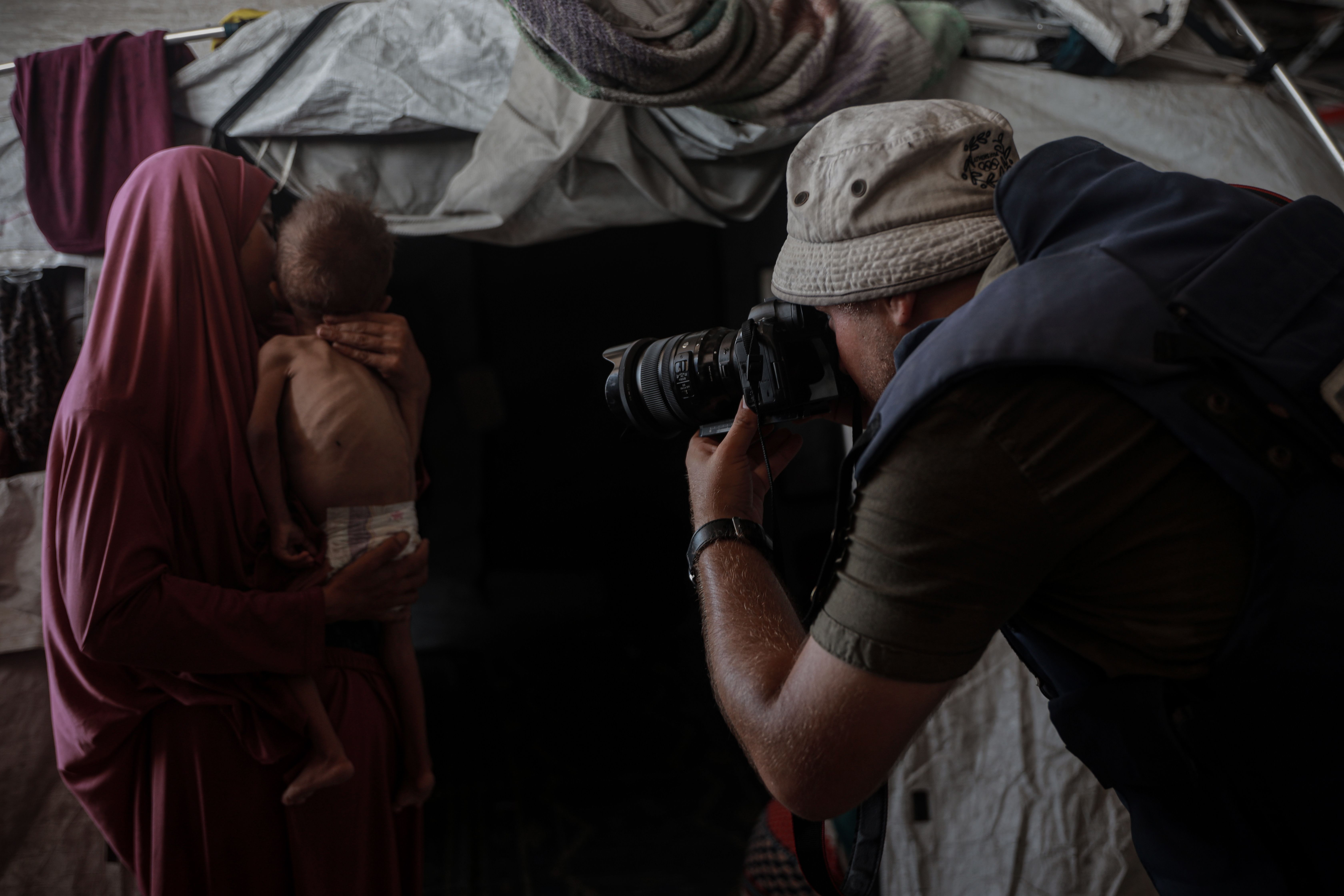استهدف الاحتلال الإسرائيلي منذ بداية حرب الإبادة الجماعية عشرات الصحفيين حيث استشهد 125 صحفيًا وصحفيّة على الأقل، وأصيب آخرون في استهداف مباشر لهم ولعائلاتهم. من بين هؤلاء، كان أكرم البغدادي وعلي الطباطيبي ونهلة مشتهى، من شبكة قدس الإخبارية، التي تعرضت لحملة شديدة من التضييق والاستهداف على الميدان الرقمي ومنصات التواصل الاجتماعي، قبل أن تستهدف إسرائيل الصحفيين المتعاونين معها على الأرض. وهم صحفيون شباب يعملون بمبادرة شخصية وبحدّ أدنى من الإمكانيات المتاحة، من أجل المساهمة مع بقية الصحفيين في نقل صورة كاملة عن الحدث. في هذه الظروف المستحيلة، والمعاناة التي تبدو مضاعفة في ظل الاستهانة العامة بقيمة حياة الإنسان الفلسطيني، وبالنظر إلى التردّد بمنح الاعتراف المهنيّ اللازم، ارتأينا توثيق طرف من تجربة فريق شبكة قدس الإخبارية، من خلال مقالة رئيس تحرير الشبكة، يوسف أبو وطفة.
كاتم الصوت
عند الساعة 6:20 من صباح السبت 7 أكتوبر/ تشرين الأول 2023 تبدلت التغطية الصحفية الفلسطينية والعربية والدولية للقضية الفلسطينية بعد انطلاق معركة "طوفان الأقصى"، التي دشنتها المقاومة الفلسطينية رفضا لاستمرار الجرائم الإسرائيلية بحق الفلسطينيين.
وخلال عمر الحرب التي دخلت شهرها الخامس على التوالي عاش الصحفيون الفلسطينيون ظروفا صعبة وخطرة؛ إذ استشهد 125 على الأقل، وأصيب عشرات آخرون، وهي ظروف عاشها واختبرها الجميع في خضم حرب إبادة شعواء، بما في ذلك فريق العاملين في شبكة قدس الإخبارية.
لقد تعددت أشكال الاستهداف الذي تعرضت له شبكة قدس خلال الفترة الماضية، ضمن سلسلة ضربات متتالية كان غايتها إسكات الصوت الفلسطيني وكتم التغطية الإعلامية لمجريات العدوان على قطاع غزة. وقد بلغ الاستهداف بشكله الرقمي ذروته في 27 أكتوبر 2023؛ حين أقدمت شركة "ميتا" على حجب صفحة الشبكة بشكل تام ومجموعة صفحات أخرى تابعة لها.
اللافت أن إسكات وحظر الصفحة الأكبر والأولى فلسطينيا -التي يقترب عدد متابعيها من 10 ملايين متابع- حصل على نحو تعسّفي بائن، وفق دواعٍ واهية تتعارض حتى مع "إرشادات المجتمع" المعتمدة في منصة فيسبوك التي لطالما التزمت بها شبكة قدس خلال عملها الصحفي، وعيا من فريقها بمخاطر التضييق على الأصوات الفلسطينية في مثل هذه المنصات والتحيز ضدها، وهي ظاهرة باتت موثقة ومدروسة الآن، ورصدتها عدة مقالات وكشفت عن مداها تسريبات وشهادات كثيرة.
لقد تعددت أشكال الاستهداف الذي تعرضت له شبكة قدس خلال الفترة الماضية، ضمن سلسلة ضربات متتالية كان غايتها إسكات الصوت الفلسطيني وكتم التغطية الإعلامية لمجريات العدوان على قطاع غزّة.
ولم يتوقف الأمر عند حدود التغطية الخاصة بالصفحة العربية؛ إذ بادرت "ميتا" إلى حذف النسخ الإنجليزية من حسابات الشبكة عبر منصة فيسبوك ومنصة إنستغرام التي تضم 1.2 مليون متابع، إلى جانب حذف صفحة "شارك - قدس الإخبارية" الخاصة بالمحتوى التفاعلي التي يتابعها 3.7 ملايين حساب عبر فيسبوك.
وكان واضحا حرص الشركة الأمريكية على حجب تلك الصفحات من دون إبداء الأسباب أو حتى قبول النظر في الاعتراضات على القرار، خلافا لما كان متبعا في السابق، وفي تناقض مع التزامات المنصة تجاه المستخدمين، علما أن كل المنشورات على حساب الشبكة كانت ضمن طابع خبري تتيح نشره إرشادات المجتمع وسياسات الاستخدام المعتمدة في فيسبوك.
عكست تلك الخطوات حجم الرقابة الرقمية المفروضة على المحتوى الفلسطيني، في مقابل تساهل مع المحتوى الإسرائيلي على المنصات ذاتها، وهو ما امتد أيضا إلى تطبيق تيك توك، الأمر الذي اضطرنا أخيرا إلى الاتجاه لخيارات بديلة. كان أبرز هذه البدائل تطبيق تلغرام، الذي بات يشكل لناشطي الإعلام الاجتماعي في الآونة الماضية "خيمة" أخيرة في ضوء الاستهداف والحجب والحظر، ولا سيما فيما يتعلق برصد الانتهاكات الإسرائيلية ونقل صورة الجرائم التي ترتكبها بحق المدنيين في قطاع غزة والضفة الغربية.
الشبكة التي انطلقت بجهود شبابية في مارس 2011 تعرضت لحملة تشويه وتحريض من قبل مناصرين لإسرائيل وعبر ضغط من اللوبي "الصهيوني"، وذلك بادعاء الربط بين شبكة قدس وفصائل فلسطينية، رغم عدم توفر أي أدلة على ذلك.
لجأت شبكة قدس إلى تلك القنوات البديلة، فحققت خلال الشهور الثلاثة الممتدة ما بين أكتوبر/ تشرين الأول 2023 ويناير/ كانون الثاني 2024 زيادة تجاوزت 1.15 مليون متابع على حساباتها في تلغرام ويوتيوب وتويتر، في حين بلغ الوصول اليومي لكل الأدوات الإخبارية زهاء 50 مليونا. أما مجموع مشاهدات الفيديو خلال الفترة المذكورة فبلغ أكثر من ١.١ مليار مشاهدة. وعلى قناة تلغرام وحدها، شوهدت منشورات الشبكة ملياري مرة، منها 600 مليون مشاهدة لمقاطع الفيديو، وهي أرقام تقدم دلالة واضحة على المصداقية وحجم التأثير الذي تحظى به شبكة قدس رغم الاستهداف، كما دل على توفر بدائل مجدية عن الحجب والحظر الذي فرضته المنصات الأخرى عليها.
بالتزامن مع ذلك، فإن الشبكة التي انطلقت بجهود شبابية في مارس 2011 تعرضت لحملة تشويه وتحريض من قبل مناصرين لإسرائيل وعبر ضغط من اللوبي "الصهيوني"، وذلك بادعاء الربط بين شبكة قدس وفصائل فلسطينية، رغم عدم توفر أي أدلة على ذلك؛ فكل العاملين في الشبكة شباب فلسطينيون يعملون بمهنية عالية ضمن الشبكة التي تأسست وتدار بجهود تطوعية.
ظروف عمل مستحيلة
ميدانيا، إن العمل في ظل الحرب الدائرة مثَّل بالنسبة لكل الزملاء الصحفيين في القطاع -بمن فيهم زملاؤنا من الشبكة- تحديا غير مسبوق؛ نظرا لوحشية هذه الجولة من العدوان ونطاقها الذي استباح فيه الاحتلال الإسرائيلي استهداف كل شيء ومحوه، فدمر المستشفيات والمدارس والجامعات والمساجد والحدائق، وتعنت بلا رادع في القضاء على الحياة والأحياء معا وبأشد الأساليب وحشية، من دون تفريق بين صغير ولا كبير، فضلا عن اعتبار حرمة لصحفي أو سواه. بل إن واقع الحال في القطاع اليوم، وبعد استشهاد وإصابة مئات الصحفيين، يدل بوضوح على أن هذه الفئة من المدنيين قد تعرضت لاستهداف مباشر من آلة الحرب الإسرائيلية، وعلى نحو غير مسبوق في الذاكرة الحديثة. وقد نال الشبكة طرفٌ من هذا العدوان؛ فتعرض مكتبها في غزة للقصف، كما طالت الأضرار المعدات الأساسية التي كان الطاقم يعتمد عليها قبل اندلاع الحرب، عدا عن اضطرار كل الصحفيين إلى العمل في ظل انقطاع شبكات الاتصالات وإضعافها بفعل الغارات الإسرائيلية العنيفة، وهو ما أثر على كثافة التغطية وعرّض الزملاء في القطاع للخطر خلال سعيهم لتوفير بدائل بسيطة.
وعلى غرار مئات الشهداء الذين قضوا من الصحفيين الفلسطينيين، فإن شبكة قدس فقدت خلال هذه الحرب زملاء من العاملين في أقسامها المختلفة، أحدهم يعمل في قسم الإنتاج؛ وهو الشهيد الصحفي أكرم البغدادي، إضافة إلى الشهيدين علي الطباطيبي ونهلة مشتهى.
إن شبكة قدس الإخبارية ورغم كل هذه الصعاب وفي ظل ظروف يكاد يستحيل فيها مجرّد العيش فضلا عن العمل الصحفي، تواصل السير على درب طويل خاضه الصحفيون الفلسطينيون، من الالتزام بالمسؤولية المهنية والإنسانية لنقل الحقيقة وتوثيقها، وفضح جرائم الاحتلال، والدفاع عن حقوق الشعب الفلسطيني العادلة.
لقد بات بحكم المعلوم اليوم أن ظروف الحرب الحالية تختلف اختلافا كبيرا عن كل الحروب وجولات التصعيد التي عايشها الفلسطينيون في غزة على مدار 17 عاما؛ إذ لم يترك الاحتلال عمليا أي مكان آمن يكون الناس فيه بمنأى عن القصف، حتى مخيمات النازحين والمدارس والمستشفيات والمدارس والمنشآت الأممية.
أمّا الصحفيون والناشطون العاملون في الضفة الغربية المحتلة فلم يكونوا أفضل حالا بكثير من ناحية الظروف التي يتعرضون لها ويحاولون رصدها بشجاعة؛ فالضفة الغربية تشهد حملة متواصلة من الاقتحامات العسكرية وهجمات المستوطنين التي ازدادت شراسة وتطرفا في الشهور الماضية، ضمن مساعٍ ممنهجة لمضاعفة الضغط الإسرائيلي على الفلسطينيين. وقد زاد ذلك من صعوبة التغطية وضاعف من مخاطرها على العاملين في الميدان؛ فقد اعتقل الاحتلال الصحفي مصعب قفيش ومجموعة أخرى من المصورين الصحفيين المتعاونين مع الشبكة على خلفية عملهم الصحفي، وجرى وضعهم رهن الاعتقال الإداري، على نحو يذكر بسياسة "القبضة الحديدية" المتبعة إبان الانتفاضات الفلسطينية. كما تعرض عدد من المراسلين في الميدان للإصابة برصاص الاحتلال، من بينهم الزملاء معتصم سقف الحيط وعبد الله بحش ومحمد العابد في مناطق رام الله ونابلس وجنين.
علاوة على ذلك، فإن الحرب الحالية شهدت تزايد وتيرة التهديدات الإسرائيلية المباشرة للزملاء الصحفيين في الشبكة الموجودين في الضفة الغربية والقدس؛ إذ تلقى عدد منهم اتصالات من جهات أمنية إسرائيلية تتعلق بجوهر عملهم الصحفي وتشتمل على تهديدات بالاعتقال وتتوعد بالاستهداف لهم ولعوائلهم، وهي خطوة إسرائيلية تستهدف إسكات الصحافيين وقمعهم وترهيبهم، والتعامل معهم وكأنهم مجرمون.
صحفيون في مواجهة الإبادة
ورغم هذه الظروف التي تجعل مجرد العيش مستحيلا، ولا سيما مع التضييق المتواصل على دخول المساعدات الإنسانية العاجلة من طعام ودواء وخيام للنازحين وملابس ضرورية ونشوء حالة من المجاعة بين سكان القطاع، فقد أصر الصحفيون والناشطون ممن تبقوا على رأس عملهم على مواصلة التغطية وتوثيق المجازر ونقل معاناة الناس المتفاقمة بتجرد وموضوعية. كما واصلت شبكة قدس جهودها رغم الإمكانات المحدودة والمتضائلة بفعل الحرب، ملتزمةً بتقديم صورة فلسطين الكاملة، وهو الشعار الذي اتخذته شبكة قدس الإخبارية على مدار سنوات تغطيتها وعملها في مجال الإعلام الجديد والرقمي، وهي رسالة نعتزم الالتزام بها دائما رغم استمرار الاستهداف وصعوبة الظروف التي تعاني منها طواقمنا في القطاع والضفة الغربية والقدس، وجميعها تعاني من نير الاحتلال.
إن شبكة قدس الإخبارية ورغم كل هذه الصعاب وفي ظل ظروف يكاد يستحيل فيها مجرد العيش فضلا عن العمل الصحفي، تواصل السير على درب طويل خاضه الصحفيون الفلسطينيون، من الالتزام بالمسؤولية المهنية والإنسانية لنقل الحقيقة وتوثيقها، وفضح جرائم الاحتلال، والدفاع عن حقوق الشعب الفلسطيني العادلة. لذلك؛ أصر طاقم الشبكة في قطاع غزة على استئناف العمل ولو بشكل جزئي ومحدود، من داخل خيمة مؤقتة بالكاد تصلها الأساسيات الأولية من كهرباء وشبكة إنترنت. أما في الضفة الغربية والقدس المحتلة، فقد عمدت الشبكة إلى إعادة ترتيب طاقمها والاستعانة بزملاء متعاونين حتى من خارج فلسطين، على نحو يعزز من قدرتها على تكثيف التغطية الصحفية وتسليط الضوء على الوقائع كما تحصل على الأرض، واستكمال العمل على رسم الصورة الكاملة للحقيقة.


